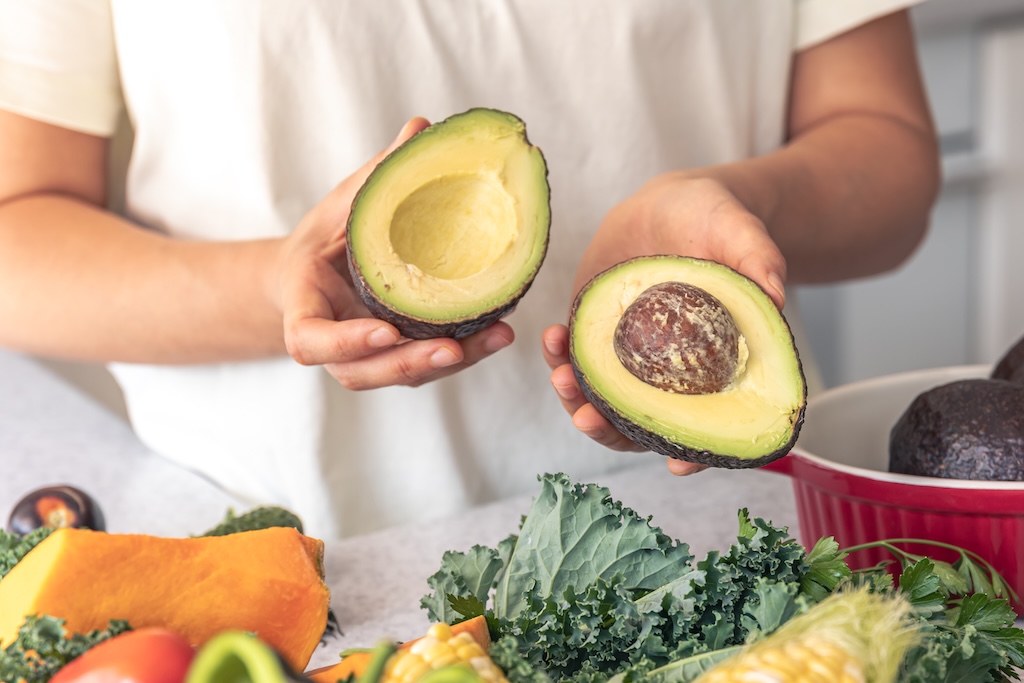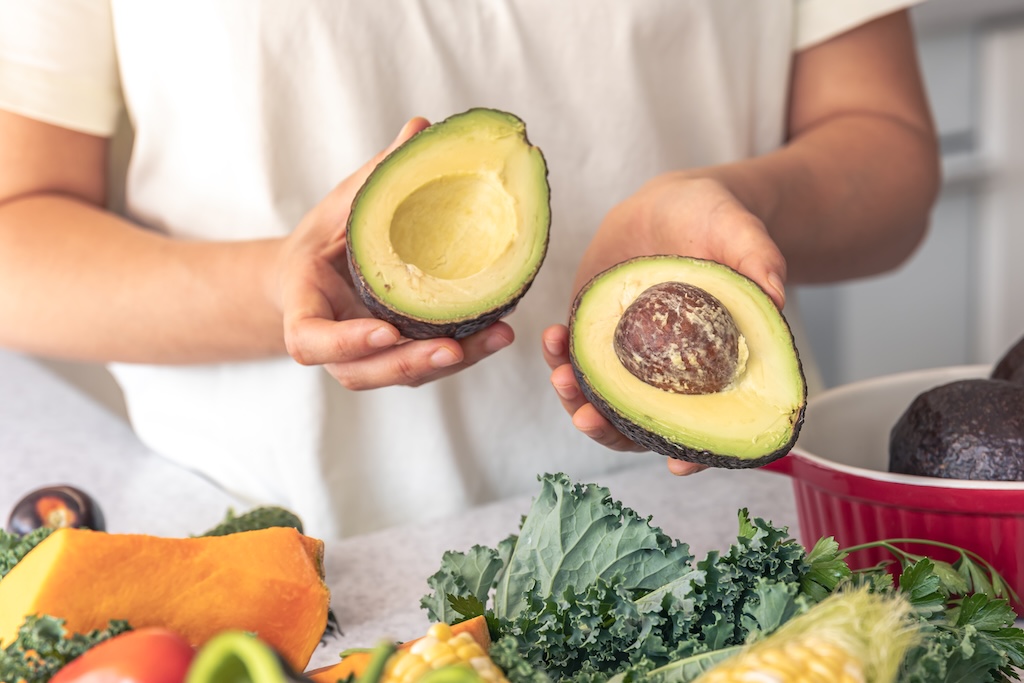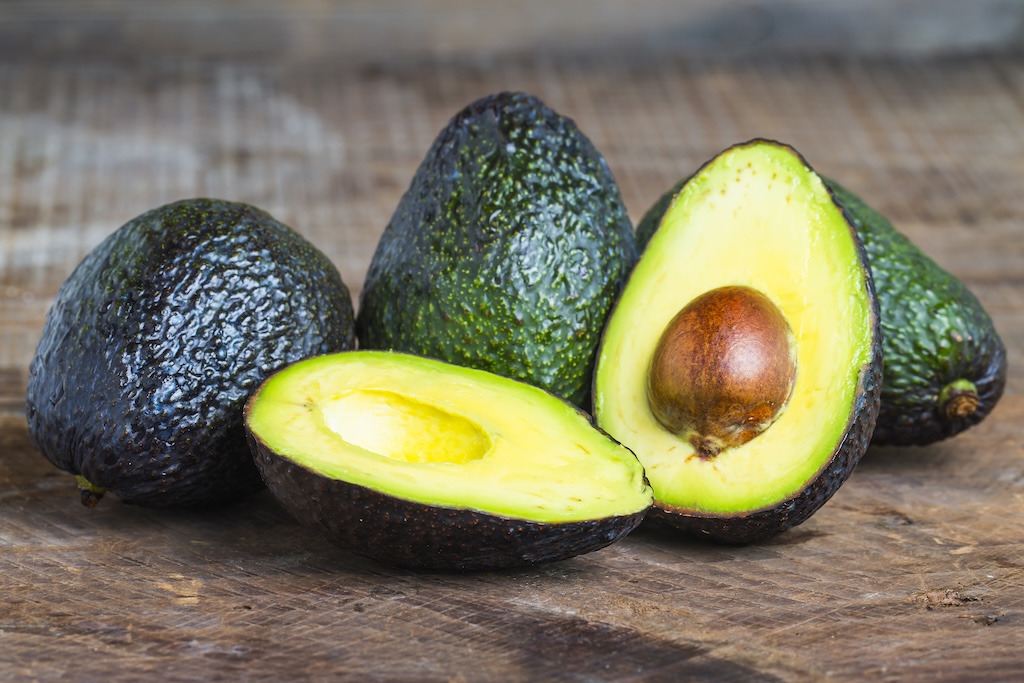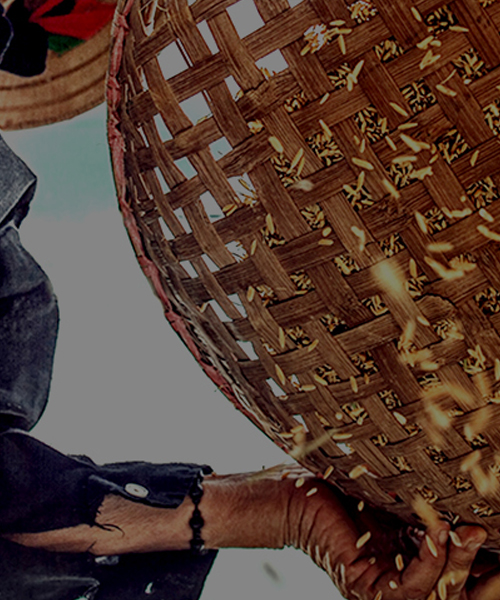Unveiling the Culinary and Agricultural Brilliance of Organic Avocados in Taiwan
- 2025-03-18
- 2025-03-18
- / 882 Views
- /

The avocado, with its distinctive pear-like appearance and creamy texture often associated with cheese, finds its origins in Central America. Renowned as the "butter of the forest," this versatile fruit is known by various names, including alligator pear, butter pear, and happiness fruit. Recognized by the Guinness World Records as the most nutritionally dense fruit, the avocado stands out for its unique composition. Devoid of starch and sugars, it lacks the typical sweetness associated with many fruits. Instead, its luscious flesh boasts high levels of healthy fats and encompasses over 11 essential vitamins such as A, C, B6, and folate, along with a wide array of minerals and fiber. Distinguished as the sole fruit containing monounsaturated fatty acids, it stands as a low-carbohydrate, high-energy food that enjoys widespread popularity. Its economic significance is underscored by the moniker "green gold," emphasizing its substantial economic value on the global stage
The introduction of avocados to Taiwan dates back to the early years of Japanese colonial rule. However, at that time, the available varieties and cultivation techniques were limited, hindering significant progress. It wasn"t until the 1950s, following Taiwan"s liberation, that a transformative shift occurred. Driven by the dedicated research and promotion efforts of the Chiayi Agricultural Experiment Station, this commitment catalyzed a gradual expansion in both cultivation area and yield. Presently, the major production centers are concentrated in Tainan, specifically in Dainan Township, Madou Township, and Jiali Township, collectively contributing to 70% of Taiwan"s avocado output. Notably, Zhuqi Township in Chiayi is also a significant contributor to the avocado cultivation landscape. Beyond these primary regions, there are sporadic cultivation initiatives in areas such as Hualien and Pingtung.

Avocado, a tropical fruit tree, flourishes in regions characterized by warm temperatures and high humidity. Its optimal growth temperature falls within the range of 13-28℃. Successful cultivation necessitates abundant sunlight, well-draining soil, specifically sandy or gravelly loam. The shallow root system of avocados makes them vulnerable to the force of strong winds, prompting the recommendation for cultivation in wind-protected areas or those equipped with windbreaks. Alternatively, growers may opt for artificial supports like bamboo or stakes to effectively secure the trees against the potential damage caused by typhoons or strong winds.
Taiwanese avocado farmers demonstrate a nuanced understanding of the growth dynamics inherent to their orchards. In meticulous orchard planning, a strategic emphasis is placed on reinforcing drainage systems to uphold optimal soil aeration and moisture control in the root zone. To maximize yields, these farmers implement a generous planting distance strategy, incorporating intercropping of vegetables and papayas. This not only diversifies income streams but also complements the avocado growth environment. Notably, the avoidance of deep hoe plowing in favor of innovative practices like straw mulching stands out. By applying this method to cover the tree trunks, weed proliferation is effectively managed while water evaporation is largely curtailed. Concurrently, a judicious approach to water management is adopted to prevent issues such as oxygen deprivation in the root system and the onset of root rot, which can result from excessive irrigation. Taiwanese avocado farmers underscore the importance of orchard hygiene, particularly during winter when the removal of dead branches serves to eradicate potential infection sources. Regular pruning routines and timely application of organic liquid fertilizer further contribute to the orchard"s vitality. A noteworthy pest management strategy employed by these farmers involves the immediate bagging of developing fruits to mitigate the impact of pest infestations.

Taiwan boasts an impressive array of over 50 avocado cultivars, 30 of which are indigenous to the island. These avocados undergo a captivating transformation as they ripen, transitioning from vibrant green to a rich purple hue. The diversity in their shapes is equally fascinating, ranging from the classic pear-shaped and round forms to unique resemblances of cucumber or gourd. What sets Taiwan"s avocados apart is not only their visual appeal but also the classification into three distinct ripening types: early, mid, and late. This nuanced categorization allows for a prolonged and staggered harvest period, spanning from the peak of summer in June to the following February.
Avocado ripeness is a critical factor in determining its readiness for consumption. To assess ripeness, we recommend gently pressing the surface of the fruit with your hand. A slight give without immediate rebound, accompanied by a discernible sound from the seed inside, indicates peak ripeness. Harvesting at this stage ensures an exquisite flavor profile and creamy texture. Avocados should not be refrigerated before reaching the desired softness to avoid impeding the ripening process. While avocados are renowned for their high nutritional content, especially in healthy fats, moderation is key. We recommend purchasing avocados in smaller quantities, enjoying them at their peak ripeness, and promptly wrapping any remaining ripe fruits in newspaper and storing them away in the refrigerator. Additionally, avocados can be creatively incorporated into various culinary delights. Beyond the traditional consumption as a fruit, consider transforming avocados into delectable treats such as avocado ice cream. Simply peel, pit, cut into small pieces, pack in bags, and freeze for a delightful frozen dessert. They can also be processed into jams, oils, and capsules. Furthermore, the fruit"s popularity extends to the beauty industry, where it is utilized as key ingredients in making skincare products like masks and facial cleansers.




